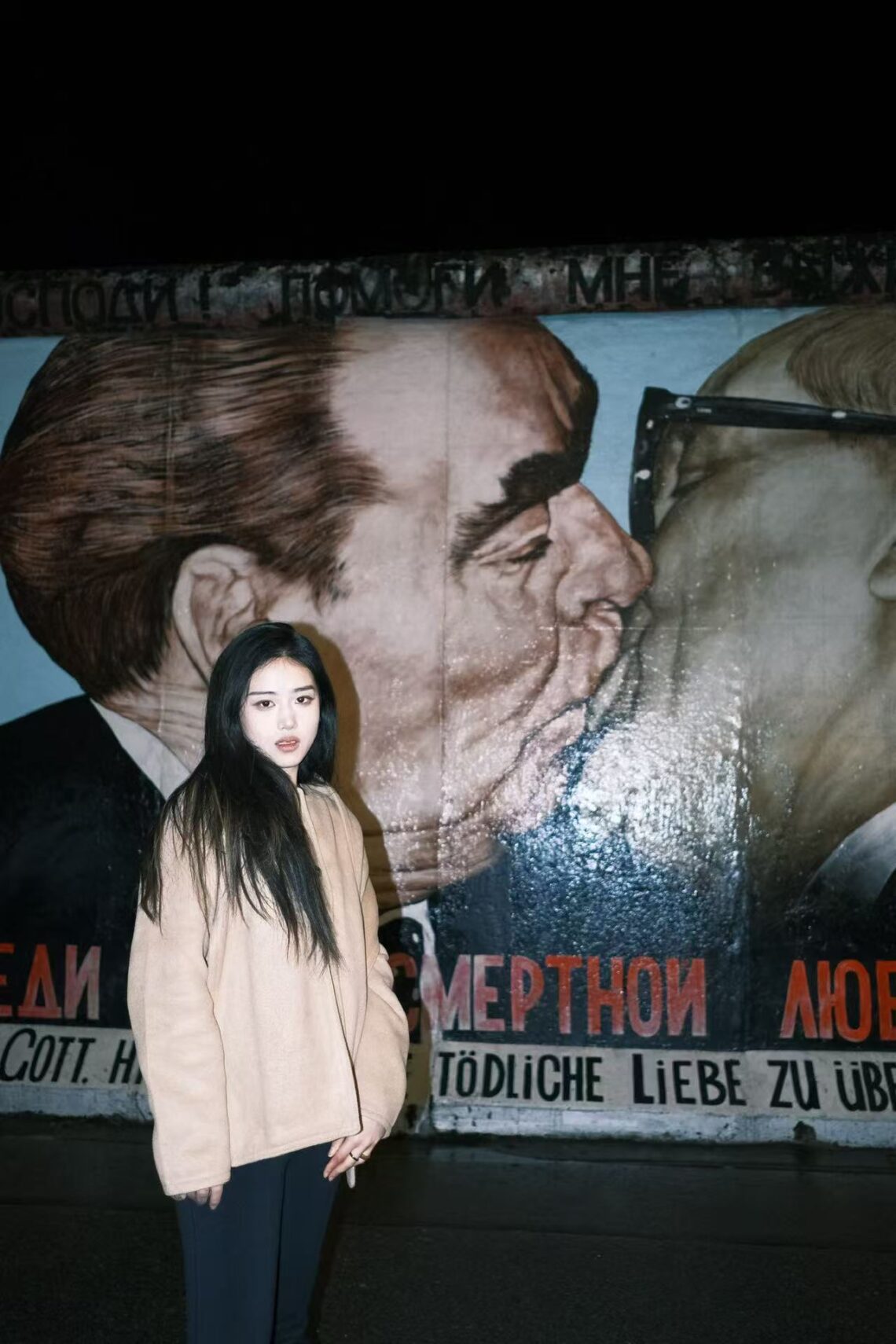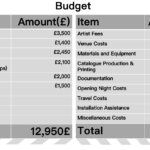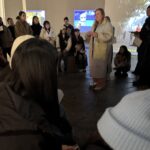The Intimate Paradox of Curation | Confusion Surrounds Me😖
In Adam LeLewis Jacobs’ lecture this week, centered on his own experiences in Spaces such as Transmission and Celine, he described how artist-led curation challenges the mainstream system from the structural, ethical and practical levels. This internal organizational logic reminds me of the curatorial ethics that Gabi talked about a few weeks ago – there is no standard answer, and every curator has to define what is “appropriate” in their own way in practice.
This has had a very direct impact on my current exhibition thinking. The theme of my project is “Intimate Relationship”. This is not a concept that can be handled easily. It implies exposure, resonance, asymmetry, as well as boundaries, silence and rejection. I gradually realized that intimacy has never been a “safe” topic in curation, but rather a zone full of ethical blind spots, especially when I try to make the audience not just viewers, but part of the generated content.
So I asked myself in return: If I were to plan an exhibition with a high level of audience participation, would I really be ready to “catch” them? Can I bear the trauma, shame, privacy, and even indifference that might be mixed in the audience’s feedback? Once I invited them into the curatorial structure, they were not just visitors but co-authors. What really troubles me behind this is not the technical means or the display forms, but how to keep these interaction results in the exhibition and turn them into some kind of “archive” or “memory” while respecting their privacy.
I once considered whether head-on collisions could be avoided through anonymous voice collection, or whether a system could be designed that allows people to freely move among different “levels of engagement”. But none of the methods seems to be able to perfectly balance the tension between “expression” and “protection”. I recall the ambiguous zone of the identity of “artist/critic” mentioned by Mike Kelley in “Foul Perfection” (Kelley 2003), in which he admitted that artistic practice itself is often more chaotic and paradoxical than language – perhaps it was precisely in this chaos that I learned curation.
This project made me realize that the audience is not a variable that can be scheduled at will. They have emotions, positions and the freedom to refuse. I can design the form, but I cannot predict their response. The more an exhibition emphasizes “intimacy”, the more it needs a flexible and highly empathetic curatorial ethics.
So, this is not merely a technical exercise on “how to curate”, but a profound practice on “how to carry”. I cannot come up with an ultimate solution. Perhaps the entire exhibition itself is a process of continuous adjustment and concession – within the limited curatorial control, making the audience true collaborators rather than pre-arranged players.
This is where I am now. Moving forward in confusion, carefully salvaging some possibility between intimacy and exhibition.
Reference:
Kelley, Mike. Foul Perfection: Essays and Criticism. Edited by John C. Welchman. Cambridge, MA: MIT Press, 2003.
Leckey, Mark. “Prop4aShw.” YouTube video, 9:13. Posted by Mark Leckey, June 1, 2013. https://www.youtube.com/watch?v=v5XCscECpAo.









